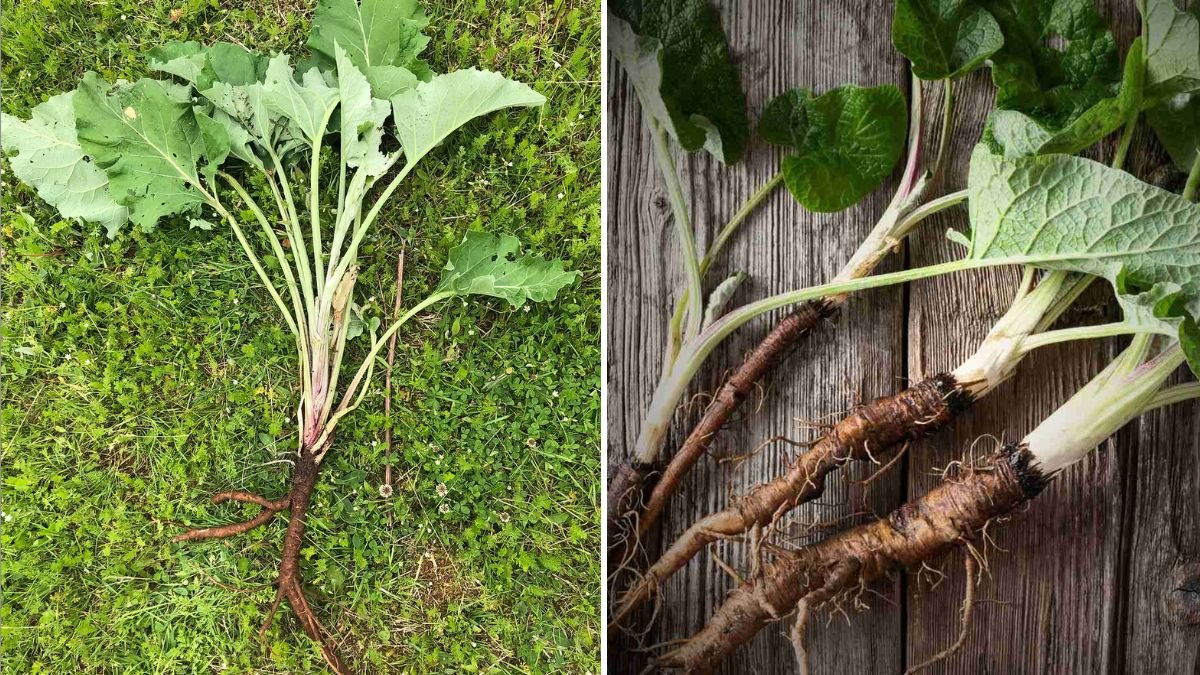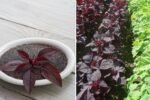Burdock root, a nutrient-rich, earthy-tasting root vegetable, has been cherished for centuries in traditional medicine and culinary traditions, especially in Japan, China, and Korea. Known for its slightly sweet, crisp flavor and impressive health benefits, burdock root is a versatile ingredient that can be used in soups, stir-fries, teas, and even snacks.
Although not as common in American kitchens, burdock root is gaining popularity among health-conscious eaters and culinary enthusiasts. This guide will provide a detailed overview of burdock root, including nutritional benefits, preparation methods, storage tips, and delicious recipes.
What is Burdock Root?

Burdock root comes from the Arctium lappa plant, a biennial herb in the daisy family. The long, slender root grows underground and is typically brown on the outside with white flesh inside. It has a crisp texture similar to carrot or parsnip and a mild, sweet, earthy flavor.
In Asia, burdock root—known as gobo in Japan—is a culinary staple in dishes like kinpira gobo (sautéed and glazed burdock root) and soups. Its unique flavor and health properties make it a versatile ingredient for modern American kitchens, whether used in raw salads, cooked sides, or herbal teas.
Pro Tip: Look for roots that are firm, straight, and free of cracks or blemishes. Younger roots tend to be more tender and less woody.
Nutritional Benefits of Burdock Root
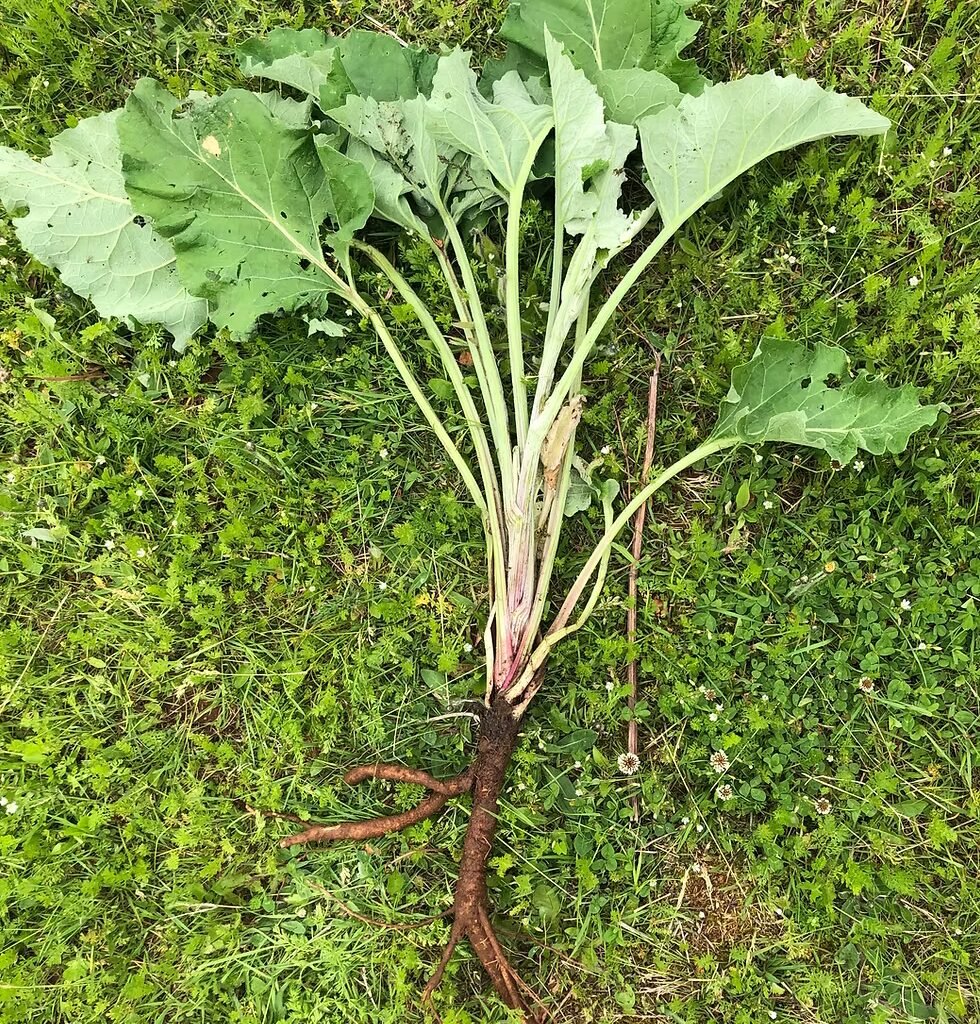
Burdock root is low in calories but packed with vitamins, minerals, and antioxidants:
- Low in Calories: Approximately 72 calories per 100 grams.
- High in Fiber: Contains inulin, a prebiotic fiber that supports digestive health.
- Vitamin C: Strengthens immunity and promotes collagen production.
- Potassium: Supports heart health and regulates blood pressure.
- Iron and Magnesium: Aid in energy production and muscle function.
- Antioxidants: Protect cells from damage and inflammation.
Pro Tip: Eating burdock root raw or lightly cooked preserves its nutrients and beneficial compounds.
Health Benefits of Burdock Root
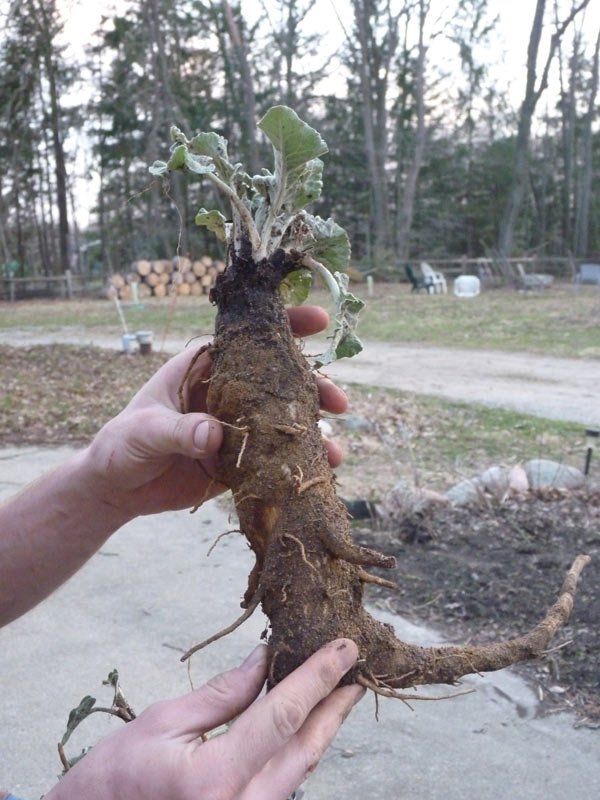
- Supports Digestive Health: The prebiotic fiber in burdock root nourishes healthy gut bacteria, promoting digestion and regularity.
- Boosts Immunity: High levels of antioxidants and vitamin C help protect the body from infections.
- Detoxifies the Body: Traditionally used to cleanse the liver and blood, burdock root can support overall detoxification.
- Supports Heart Health: Potassium and fiber work together to regulate blood pressure and cholesterol levels.
- Anti-Inflammatory Properties: Contains polyphenols and other compounds that help reduce inflammation.
Pro Tip: Start with small amounts if eating raw, as the high fiber content can sometimes cause gas or bloating for sensitive digestive systems.
How to Prepare Burdock Root
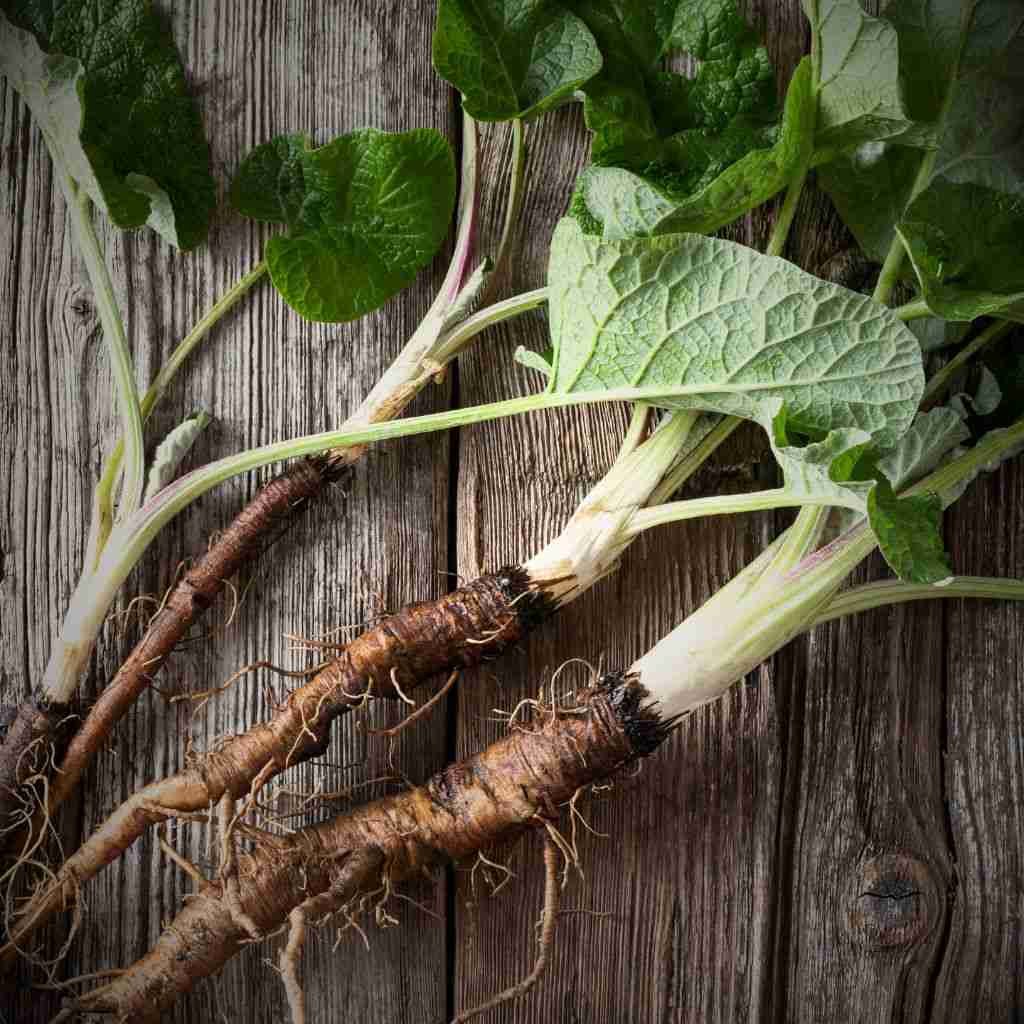
Burdock root can be prepared in various ways, depending on the desired texture and flavor:
- Raw: Peel, julienne, and add to salads or slaws for a crisp, earthy crunch.
- Sautéed: Slice thinly and stir-fry with soy sauce, sesame oil, and garlic for a flavorful side dish.
- Boiled or Steamed: Softens the root for soups or purees.
- Pickled: Marinate in vinegar and spices for a tangy, crunchy snack.
- Tea or Infusion: Slice thinly and steep in hot water to make a mild, herbal tea.
Pro Tip: Peel burdock root carefully with a vegetable peeler or knife. To prevent discoloration, soak peeled slices in water with a splash of vinegar or lemon juice.
Burdock Root Recipes to Try
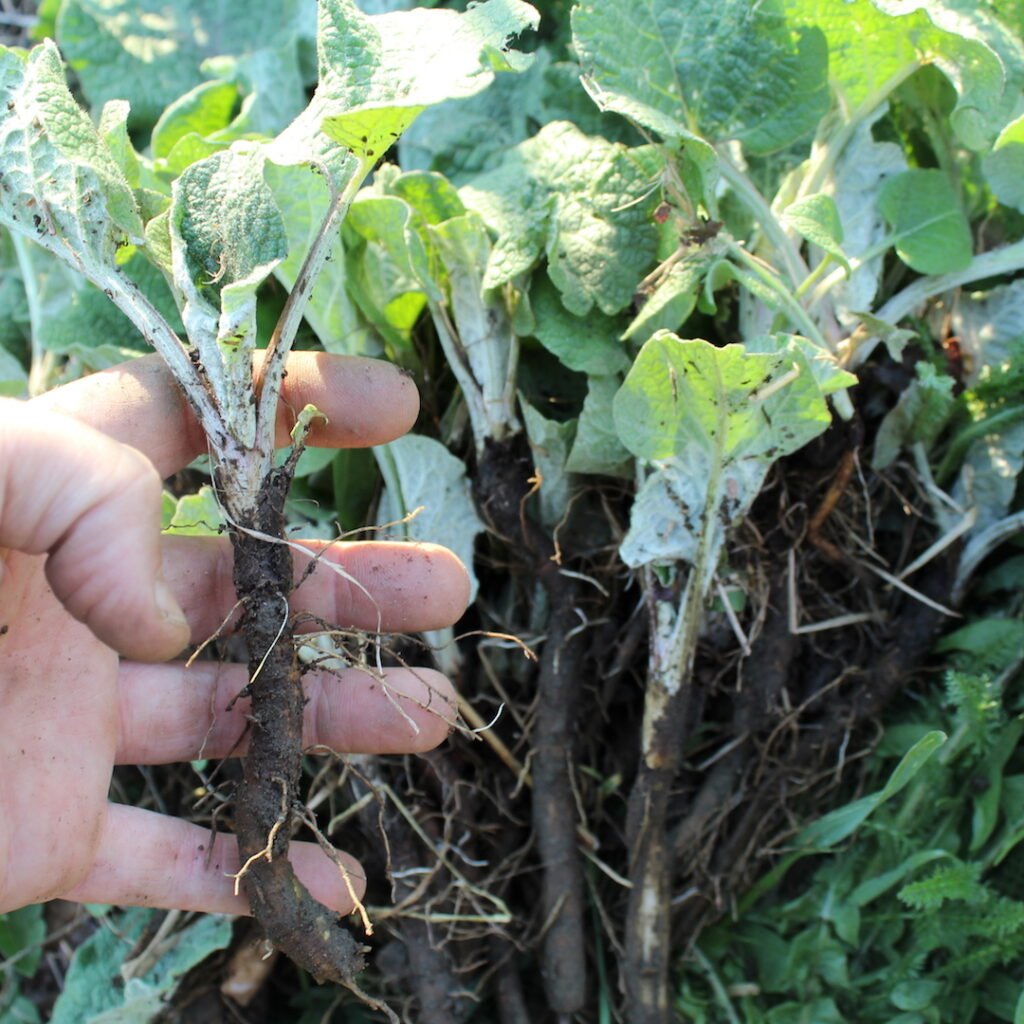
Here are some delicious ways to incorporate burdock root into your meals:
1. Kinpira Gobo (Japanese Sautéed Burdock Root)
- Julienne burdock root and carrot.
- Sauté with sesame oil, garlic, and soy sauce.
- Add mirin and sugar for a slightly sweet glaze.
- Garnish with sesame seeds before serving.
2. Roasted Burdock Root
- Cut into sticks, toss with olive oil, salt, pepper, and rosemary.
- Roast at 400°F for 20–25 minutes until tender and slightly caramelized.
- Serve as a side dish or snack.
3. Burdock Root Soup
- Simmer sliced burdock root with onions, garlic, and chicken or vegetable broth.
- Add potatoes or other root vegetables for a hearty, comforting soup.
- Finish with fresh herbs like parsley or dill.
4. Pickled Burdock Root
- Slice thinly and marinate in vinegar, sugar, and salt for several hours.
- Use as a crunchy topping for sandwiches, bowls, or salads.
5. Burdock Root Tea
- Slice thin or grate burdock root.
- Steep in boiling water for 10–15 minutes.
- Enjoy as a warm, earthy beverage that supports digestion and detoxification.
Pro Tip: Combine burdock root with other root vegetables like carrot, parsnip, or sweet potato for a flavorful and nutritious roasted vegetable medley.
Storage Tips for Burdock Root
Proper storage ensures maximum freshness and longevity:
- Store unpeeled burdock root in a cool, dark, and ventilated place or in the refrigerator.
- Keep in a plastic bag in the crisper for up to 2–3 weeks.
- Peeled or cut roots can be stored in water in an airtight container for 1–2 days.
- Avoid storing near ethylene-producing fruits such as apples or bananas.
Pro Tip: For long-term storage, burdock root can also be blanched and frozen for later use in soups or stir-fries.
Why Burdock Root is Gaining Popularity in American Kitchens
Burdock root is becoming more popular in the U.S. because of:
- Health-Conscious Eating Trends: Rich in fiber, antioxidants, and essential minerals.
- Versatility in Cooking: Can be eaten raw, sautéed, roasted, or pickled.
- Unique Flavor: Adds a sweet, earthy taste to dishes that pairs well with both Asian and Western cuisine.
- Gut Health Benefits: Prebiotic inulin supports digestive wellness.
- Creative Culinary Uses: Perfect for fusion recipes, healthy snacks, and soups.
Pro Tip: Incorporate burdock root into your meals for nutritious and flavorful dishes that impress both family and guests.
Fun Facts About Burdock Root
- Burdock root has been used in traditional Chinese and Japanese medicine for centuries.
- The root is also known for its detoxifying properties, particularly for liver health.
- Burdock root contains prebiotic fibers that promote healthy gut bacteria.
- Both raw and cooked forms are edible and highly nutritious.
- Burdock root pairs well with ginger, garlic, soy sauce, miso, sesame oil, and herbs for flavor enhancement.
Conclusion: Why You Should Add Burdock Root to Your Diet
Burdock root is a nutritious, versatile, and flavorful root vegetable that deserves a place in your kitchen. Its slightly sweet, earthy taste and crisp texture make it perfect for a variety of dishes, including stir-fries, roasted sides, soups, salads, pickles, and teas.
Including burdock root in your diet offers:
- Fiber-rich, low-calorie nutrition for digestive health and weight management.
- Antioxidants and minerals that support immunity and heart health.
- Culinary versatility for both everyday meals and special occasions.
Whether you’re a health-conscious eater, culinary adventurer, or looking for unique vegetable options, burdock root is a delicious and underappreciated root vegetable worth exploring.
